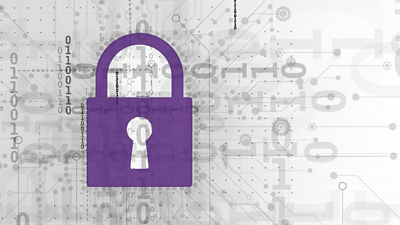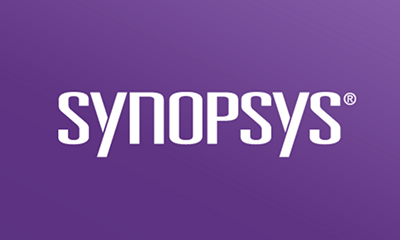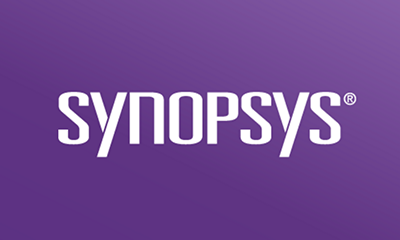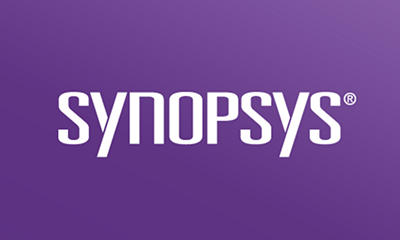Subscribe
In today's digital era, cloud computing has become a critical component of businesses worldwide. Organizations leverage the cloud's scalability, flexibility, and cost-effectiveness to drive innovation and growth. However, these benefits come with myriad security challenges. Cyberthreats are evolving rapidly and data breaches are growing both in frequency and impact. For organizations, particularly those operating in heavily regulated industries, a robust cloud governance framework is essential to mitigating these risks and improving overall cloud security posture.
Key cloud security challenges
Cloud environments often face several security challenges, including but not limited to
- Data breaches: Unauthorized access or exposure of sensitive information can lead to significant reputational damage and financial loss.
- Misconfiguration: Cloud services are often misconfigured, leading to inadvertent data exposures.
- Insider threats: Malicious or negligent insiders can cause significant harm, especially if they have privileged access to sensitive data or systems.
- Compliance: Organizations operating in regulated industries need to ensure that they meet all relevant regulatory requirements, which can be a complex task in a dynamic cloud environment.
How cloud governance can help
A comprehensive cloud governance framework is a critical instrument for addressing these challenges and elevating your organization's cloud security posture. Here's how.
- Standardization and security baselines: A cloud governance framework helps standardize the use of cloud services within an organization, reducing the risk of misconfiguration and inadvertent data exposures. This includes defining security baselines that all cloud workloads must meet. For example, all storage buckets should be private by default, and all databases should have encryption at rest enabled.
- Identity and access management (IAM): One of the key principles of cloud governance is enforcing least privilege access—ensuring that individuals have only the access necessary to perform their roles and no more. Implementing robust IAM controls, including role-based access control and multifactor authentication, is critical to mitigating the risk of both external and insider threats.
- Policy enforcement and automated remediation: A cloud governance framework ensures the consistent application of security policies across the entire cloud environment. This includes the use of policy-as-code and automated remediation to enforce policies and correct violations. Tools like AWS Config, Azure Policy, and Google Cloud's Organization Policy Service can enforce rules about the types of resources that can be deployed and their configurations.
- Security monitoring and incident response: A robust governance framework includes a strong emphasis on security monitoring and incident response. This could involve the use of security information and event management tools, anomaly detection, and automated alerting systems to detect and respond to security incidents quickly.
- Compliance management: A cloud governance framework facilitates compliance with regulatory standards by implementing relevant controls and providing automated tracking and reporting of compliance-related activities. This could involve using cloud-native tools like AWS Security Hub, Azure Security Center, or Google Security Command Center, which provide compliance scores and recommendations to improve your security posture.
- Data protection: A cloud governance framework should include measures for protecting data in the cloud. This could involve classifying data based on sensitivity, implementing encryption for data at rest and in transit, and setting up data loss prevention measures.
- Cost management and resource optimization: By monitoring and managing resource usage, a cloud governance framework can help organizations optimize their cloud costs and avoid unnecessary expenses. This includes ensuring that expensive resources aren't left running unnecessarily and that the correct instance types are used to balance performance and cost.
By integrating these elements, a cloud governance framework offers a structured approach to managing and securing your cloud environment, significantly improving your organization's overall cloud security posture.
Value of an experienced cloud partner
There are many benefits to using a partner like Synopsys to assess and drive the maturity of cloud governance needs and improve cloud security posture.
- Security assessment expertise: Partners bring robust knowledge of security measures in the cloud landscape. They can conduct in-depth assessments of your current security posture, identify vulnerabilities, and provide insights into best practices for mitigating risks.
- Security-focused roadmap development: Based on the security assessment, partners can help devise a strategic roadmap to enhance your cloud governance and security posture. This roadmap would prioritize security initiatives, align with business objectives, and provide a clear path toward a more secure cloud environment.
- Compliance and security regulations: Experienced partners are well-versed in industry-specific compliance requirements and security regulations. They ensure your cloud governance framework aligns with these standards, reducing the risk of noncompliance and associated security breaches.
- Optimized security resources: Partners can help optimize your security resources. By applying their expertise, tools, and methodologies, they can accelerate the enhancement of your cloud security, freeing your team to focus on strategic initiatives.
- Security knowledge transfer: Partners can impart crucial security knowledge and best practices to your internal team. This helps build your organization's internal security capabilities and ensures that improvements in governance and security are sustainable.
- Scalability of security measures: As your organization grows, a partner can help scale your governance practices and security measures accordingly. They can also assist in adapting to changes in business strategy, technology landscape, and regulatory environment, all while maintaining a secure cloud setup.
- Continuous security improvement: A partner can provide ongoing support for continuous improvement of your cloud security posture. Regular assessments and recommendations for security enhancements ensure your governance framework stays effective and up-to-date.
- Overall security enhancement: A mature cloud governance framework significantly improves your cloud security posture. By ensuring proper security controls, policies, and procedures are in place and adhered to, a partner can help minimize security risks, prevent data breaches, and enhance overall cloud security.
Key takeaways
Implementing a robust cloud governance framework is not just about enhancing security; it's about enabling your organization to leverage the cloud's full potential safely and efficiently. Remember
- A cloud governance framework provides a structured approach to managing and securing your cloud environments.
- It helps mitigate common cloud security challenges, including data breaches, misconfigurations, insider threats, and noncompliance.
- By standardizing the usage of cloud services, enforcing security policies, and managing compliance, a cloud governance framework can significantly improve your organization's cloud security posture.
In conclusion, as the cloud becomes increasingly integral to business operations, so too does the need for effective cloud governance. By investing in a robust cloud governance framework, you can ensure that your organization is well-positioned to navigate the evolving cloud landscape and its associated security challenges.








